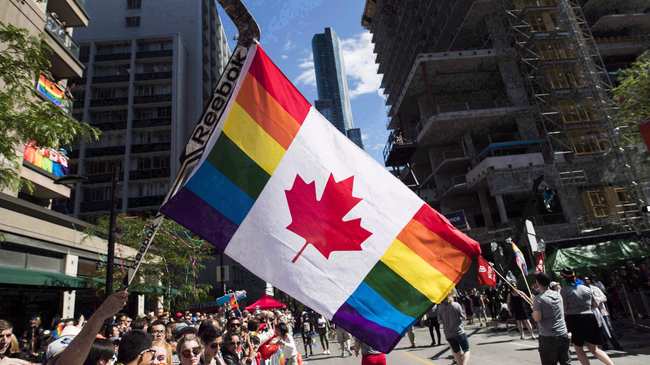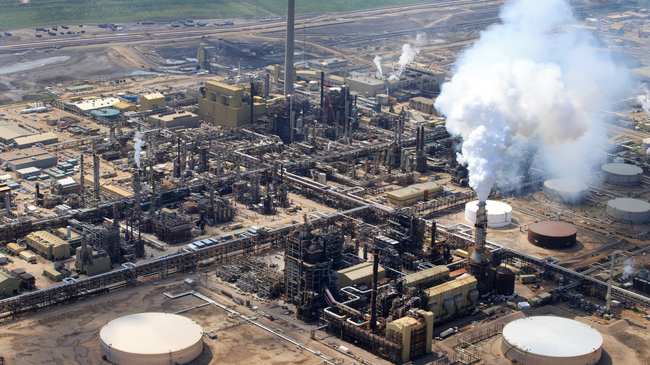Final tally paints a picture of how Alberta voted
Elections Alberta workers completed their unofficial tally of votes on Friday, giving Albertans the first complete glimpse into how voters marked their ballots on April 16.

An unofficial count of ballots in the 2019 Alberta provincial election is complete.
Elections Alberta workers completed their unofficial tally of votes on Friday, giving Albertans the first complete glimpse into how voters marked their ballots on April 16.
When it reconvenes in May, the legislature will be dominated by fresh faces since 45 of 87 MLAs will be new. There are 26 women and 61 men, leaving the legislature about 30 per cent female. There will also be five MLAs named Jason, all representing the United Conservative Party — Jason Copping, Jason Stephan, Jason Nixon, Jason Luan and Jason Kenney.
The count last Friday found 1,880,508 Albertans voted in the provincial election, which was a provincial turnout of 71 per cent. That’s a substantial jump in participation from the 2015 election, when 57 per cent of eligible voters marked a ballot.
Turbulent turnouts
The voters in the riding of Airdrie-Cochrane streamed to the polls, posting the highest turnout in the province at 83 per cent. Almost as enthused were voters in Rimbey-Rocky Mountain House-Sundre, which had a 82.9 per cent turnout.
Least engaged were voters in Calgary-East, only 43.1 per cent of who turned out to vote.
Calgary voters were slightly more likely to head to polling stations than their counterparts in Edmonton. Tallies show 68.3 per cent of electors in Calgary ridings voted, compared with 67.6 per cent of Edmonton voters. Electors outside the major centres were more enthused, with more than three-quarters of those eligible scratching out an X.
Show me some love
Not only do the folks of Rimbey-Rocky Mountain House-Sundre love to vote, they love to vote for Jason Nixon. The returning UCP MLA-designate was Alberta’s top vote magnet with 20,579 ballots, which made up 81.6 per cent of the votes in the riding, despite Nixon facing seven challengers.
Almost as popular was re-elected Olds-Didsbury-Three Hills UCP MLA-designate Nathan Cooper. Cooper was the only other candidate to earn more than 20,000 votes, cruising to a comfortable win with 78.6 per cent of total ballots cast.
Some Calgary candidates, meanwhile, eked out narrow wins. The smallest margin was in Calgary-Falconridge, where the UCP’s Devinder Toor triumphed over the NDP’s Parmeet Singh Boparai by 102 votes, or 0.7 per cent. Turnout in that riding was one of the lowest in the province, at 53 per cent.
Across town, the UCP’s Nicholas Milliken usurped former NDP cabinet minister Brian Malkinson by 188 ballots in Calgary-Currie. The difference was just 0.8 per cent of the vote.
The NDP candidate to win her seat by the largest margin was NDP Leader Rachel Notley, who earned support from 72.1 per cent of Edmonton-Strathcona voters.
Returning officers are now completing a second count of poll votes, Elections Alberta’s deputy chief electoral officer Drew Westwater said Tuesday. The agency will release final counts on Friday.
With files from Anna Junker



